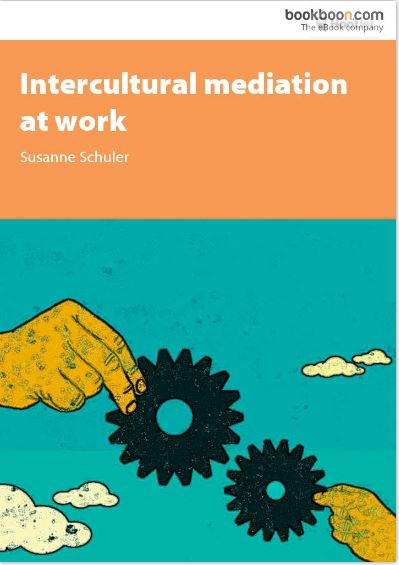How to Resolve Disputes: All it Takes is One Simple Skill (OK, Strike “Simple”)
 Disputes within a company, either between two individuals, between rival team members or employees from different departments, can quickly turn into internal fights that are bad for everyone involved. If you want to help resolve them, you need to do something that is much harder than it sounds: You need to listen actively.
Disputes within a company, either between two individuals, between rival team members or employees from different departments, can quickly turn into internal fights that are bad for everyone involved. If you want to help resolve them, you need to do something that is much harder than it sounds: You need to listen actively.
You can only help people resolve their conflicts if you understand the nature of those conflicts and their underlying interests and motives. This requires sound active listening skills – and as you will see, this is much more complex than you might think.
How the “active” bit in “active listening” makes all the difference
Listening can take place with various levels of depth, intensity, comprehension, and empathy. And if you think you know how to listen actively, we invite you to do this little self-assessment: When you find yourself listening to someone in the next few days, try to remember what you’re thinking while you listen and how you respond to what is being said.
Afterwards, have a look at the following descriptions and see which of them comes closest to your thoughts and conduct while you were listening to the other person:
- 1st scenario:
You get the gist of what the person is talking about, and this reminds you of something really important you want to share. You stop listening because you can’t wait for an opportunity to interrupt the other person so you can finally have your say. - 2nd scenario:
You can really identify with the situation the other person is describing. You wait patiently until they’re finished, and then tell them all about how you experienced something similar. Before you know it, you have talked for a much longer time than the other person. - 3rd scenario:
You know exactly what the other person is struggling with and what their problems are. While you were listening you had some great insights about the issue could be solved, and you readily offer your advice and guidance – even though nobody asked you to. - 4th scenario:
You listen, and while you’re listening, you only have one goal: To understand what the other person is trying to say. All you do – whether it’s asking questions, interrupting, giving feedback – serves only this sole purpose of trying to fully absorb the meaning that the other person wants to convey.
To achieve this goal of comprehending the message the way the other person meant it, you need a comprehensive communication toolkit. This toolkit is called active listening, and its individual tools include reducing long explanations to their core message, rewording confused sentences to let their real meaning become clearer (even to the person who said those words originally), turning negative statements into positive ones, and many more. The most important tool, though, is the art of asking the right questions.
All you need is ask.
There are many categories of questions, from high-level categories such as closed and open questions to sub-categories, e.g. rhetorical questions. The following four question categories are named for their functions and should be in everyone’s active-listening mix:
- Storytelling triggers:
If you want to encourage someone to tell you as much as possible about the issue at hand, you use a storytelling trigger: “How did it all begin, in your view?” - Self-reflection enablers:
Those are questions you ask if you want to help someone see something from a new angle. You do that by referring to a fictitious situation: “What would your boss at your last company say about your communication style if I asked him?” - Measure takers:
Sometimes you want to get a better understanding of how important something is to the other person, or how good or bad it makes them feel: “How much did this incident trouble you, if 1 is “not at all” and 10 is “a lot”?” - Constraint removers:
If you feel like the other person feels inhibited by the realities of the issue at hand and that it blocks them from speaking their mind, you can use a constraint remover: “Let’s imagine I had a magic wand and could make happen whatever you want. What would you ask me to do?”
Active listening, in short, is a challenge that shouldn’t be underestimated. If you know how to do it, though, you meet the most important requirement necessary to help people overcome problems and conflicts.
This article is based on the following eBook: Intercultural mediation at work
Here are two more blog articles from this eBook:
- How to Successfully Resolve Conflicts in Your Company (1 of 2)
- How to Successfully Resolve Conflicts in Your Company (2 of 2)
[bookboon-recommendations id=”3eab62c5-4da5-428b-ac2c-5011a7419edc” title=”You might also find these books interesting:”]



